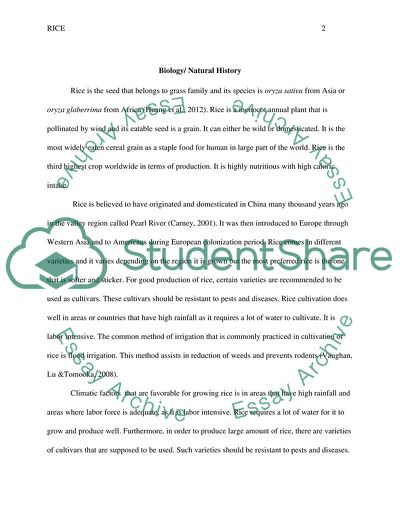Cite this document
(The Importance of Rice Literature review Example | Topics and Well Written Essays - 1500 words, n.d.)
The Importance of Rice Literature review Example | Topics and Well Written Essays - 1500 words. https://studentshare.org/agriculture/1870063-rice-research-under-the-different-backgrounds
The Importance of Rice Literature review Example | Topics and Well Written Essays - 1500 words. https://studentshare.org/agriculture/1870063-rice-research-under-the-different-backgrounds
(The Importance of Rice Literature Review Example | Topics and Well Written Essays - 1500 Words)
The Importance of Rice Literature Review Example | Topics and Well Written Essays - 1500 Words. https://studentshare.org/agriculture/1870063-rice-research-under-the-different-backgrounds.
The Importance of Rice Literature Review Example | Topics and Well Written Essays - 1500 Words. https://studentshare.org/agriculture/1870063-rice-research-under-the-different-backgrounds.
“The Importance of Rice Literature Review Example | Topics and Well Written Essays - 1500 Words”. https://studentshare.org/agriculture/1870063-rice-research-under-the-different-backgrounds.


